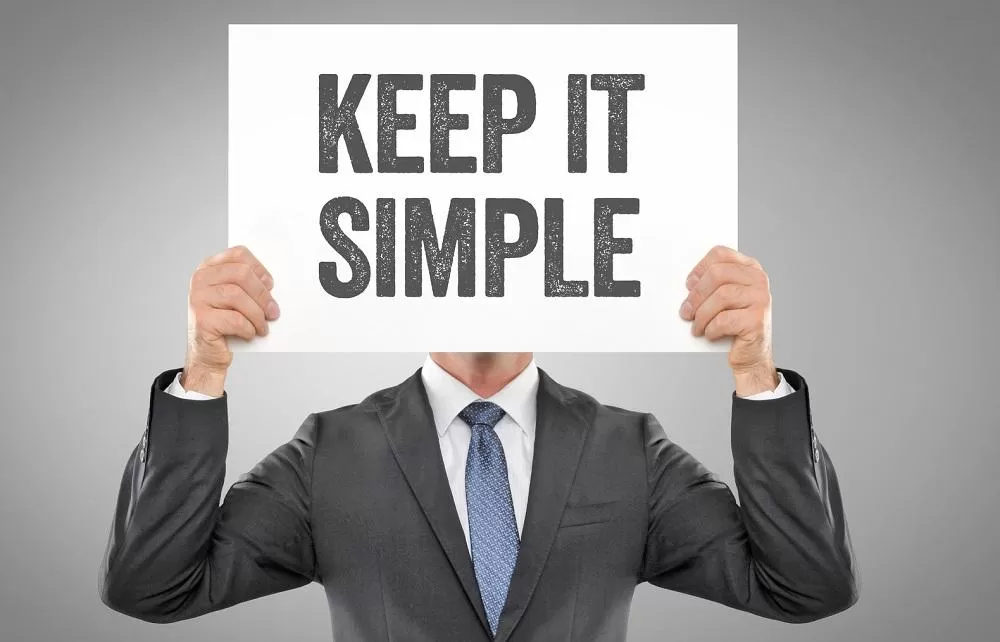What you should propose is different from what you should write. You should avoid doing them both at the same time. Figuring out what to you should offer is something that you should do, and validate, before you start trying to describe it in writing. You should be able to describe what you intend to offer regarding the following items before you start trying to figure out what to say about them.
So how do you figure out what to offer before you start writing about it? Here are some things to consider:
What would you like to offer?
- Identify the components of your offering. Break it down. What's in? What's out? Decide so you know what to describe when the writing starts. If you are offering a tangible deliverable, then what is it composed of, what parts does it include, and what are its features? If it's an approach, then what are the major steps and what are its features?
- Itemize the details. Itemize the things you're going to need to price it and write about it. You don't need to explain (yet). You just need to account for it so that you can validate the offering and then explain it all when the writing starts.
- Price to win. Add up what you've got so you can decide what you have to change before you commit it to a written narrative. If you have designed an offering that will cost more than the customer can afford, then you have lost before you've started writing. If your offering is not cost competitive, you need to decide that before you invest in writing difficult to change narratives about it.
What does the customer require?
- Comply with their specifications. Make sure your offering design complies with all specifications and fulfills all requirements. If your offering isn't compliant, you need to fix that before you start writing about it. Don't start by writing a response to every requirement. Instead perform a review to ensure that the offering is capable of complying with them all. Once you have fully validated your design, then you can write the narrative responses required.
- Make sure you can address everything in the RFP. What will you need to address about your offering? Does it require research or additional details? Does it require changing what you are offering before the writing starts, or is it just additional items you need to make sure you explain once the writing starts?
- Optimize against the customer's evaluation criteria. How will the proposed offering be scored during evaluation? Does it need to change in order to receive the top score? It's often balancing the goal of getting a top score with having a winning price that results in disastrous changes after the writing starts. Performing that balancing act before you start writing is crucial for successful proposal development.
Does your offering reflect the customer's perspective?
- Address what matters to the customer. Whether it's in the RFP or not, the customer is part of the requirements. If your offering design does not matter to the customer, then it's not a good offering design. You need to be able to explain what matters about your offering design, and do it from the customer's perspective instead of your own.
- Identify your competitive differentiators. The customer will make their selection based on the differences between the alternatives. Winning requires having the best differences in order to be the best alternative. Design in your competitive differentiators and then validate the design before you start writing.
- Articulate your value proposition. Being the best alternative means offering the customer the best value. Even if the customer only considers price, it's because that is their highest value. Understand what the customer values and make your cost/benefit trade-offs decisions accordingly. You need to be able to articulate your value proposition in order to validate your design. But articulating your value proposition does not mean that you start writing the proposal. It is part of getting ready to write the proposal, so that the entire document can explain and support why your value proposal makes you the best alternative.



Let's discuss it!
You can post now and register later. If you have an account, sign in now to post with your account.
Note: Your post will require moderator approval before it will be visible.